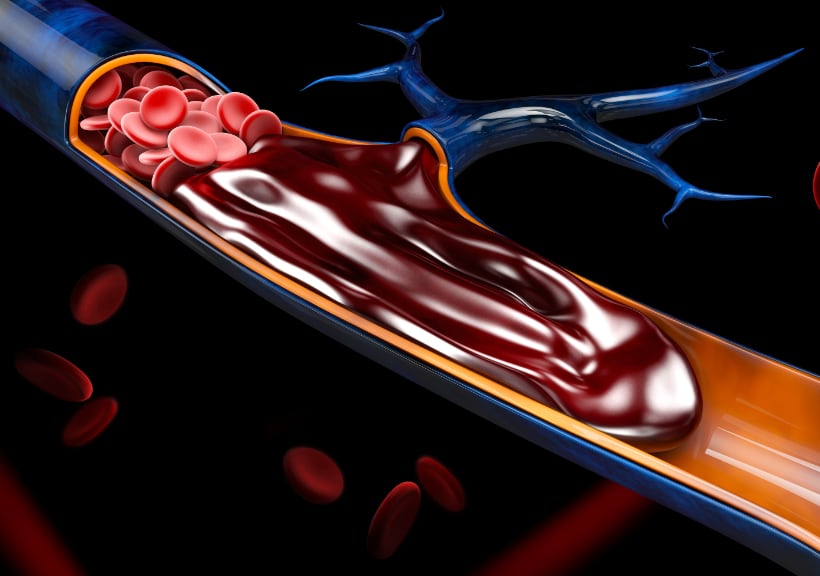By Dr. Jonathan Shurlock
Following our summary of the ESC position statement (ESC position statement on percutaneous treatment of pulmonary embolism – BCS Heartbeat (cardionewsuk.org)) the results of the discussed Catheter-Directed Thrombolysis vs Anticoagulation in Patients With Acute Intermediate-High–risk Pulmonary Embolism (CANARY) randomised trial have recently been published. The study was an open-label randomised clinical trial across 2 cardiovascular centres. Catheter directed thrombolysis was delivered with alteplase.
While the study was prematurely terminated, the authors randomised 94 patients with intermediate to high-risk PE into receiving catheter directed thrombolysis plus heparin and anticoagulation monotherapy.
The primary outcome measure was improvement in echocardiographic measures of RV to LV ratio. While secondary outcomes included 3-month all-cause mortality and major bleeding. The study was discontinued due to COVD-19 restrictions at a recruitment of 94 participants (mean [SD] age, 58.4 [2.5] years).
There was no significant difference in the proportion of patients with RV to LV ratio of >0.9 at 3 month follow up. The median (IQR) 3-month RV to LV ratio was significantly lower with catheter directed thrombolysis (0.7 [0.6-0.7]) compared with anticoagulation monotherapy (0.8 [0.7-0.9); P = 0.01).
The rate of composite outcome of death or RV:LV >0.9 was significantly lower in the catheter directed thrombolysis group at 3-month follow up 0.9 (2 of 48 [4.3%] vs 8 of 46 [17.3%]; OR, 0.20; 95% CI, 0.04-1.03; P = 0.048). There was one case of major gastrointestinal bleeding in the catheter directed thrombolysis group.
In the context of premature termination, the findings from this study are limited. The authors discuss its role as hypothesis generating for the improvement of some outcomes and acceptable safety outcomes. They further suggest the trial can be used for the design of a more definitive clinical trial.
See the full study here: https://jamanetwork.com/journals/jamacardiology/article-abstract/2797198

